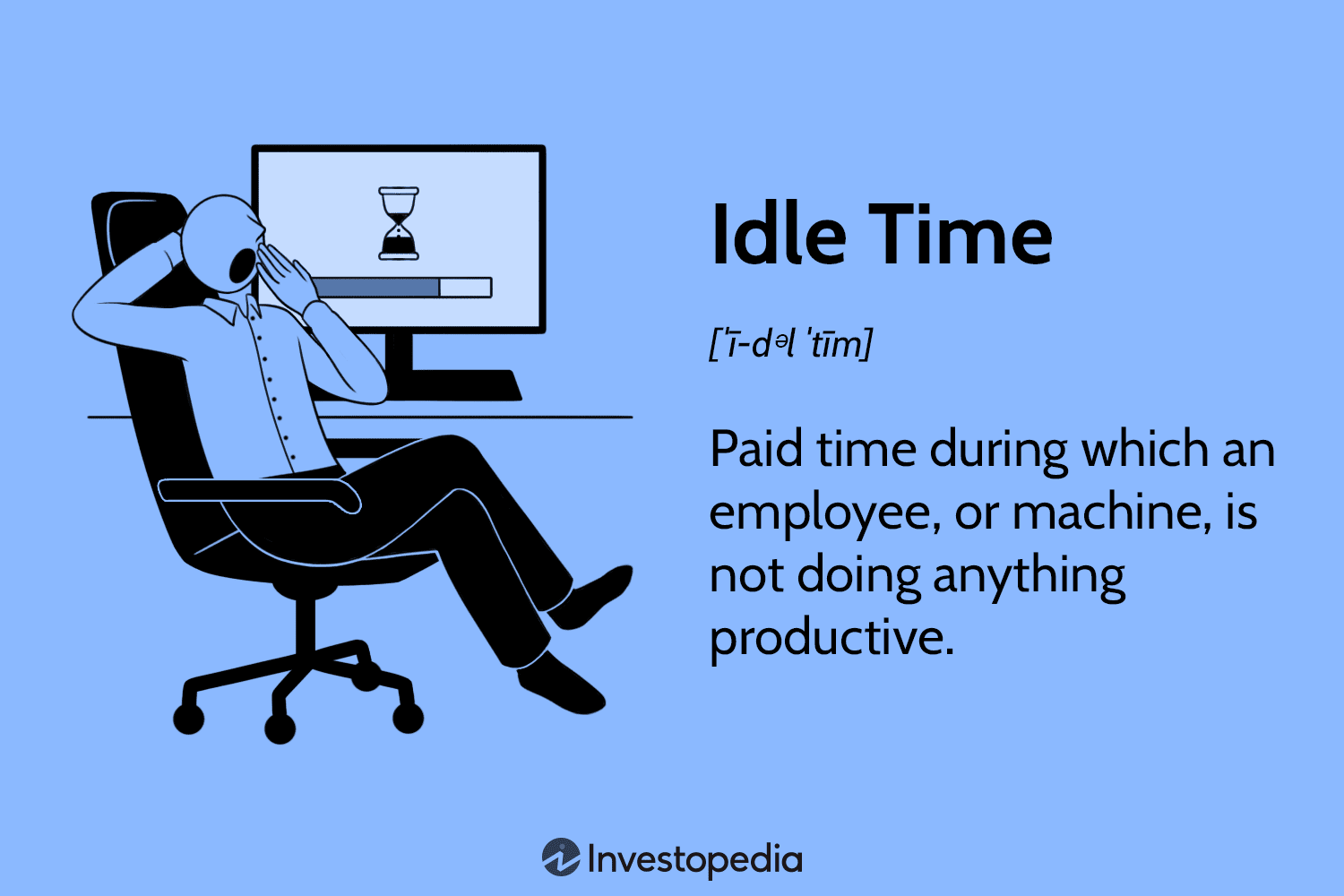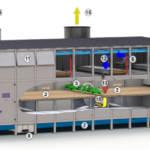Fuel Savings on Idle Time
Idle time

Grab drivers, truck drivers, bus drivers, and even mothers waiting for children in front of schools, you are directly contributing towards idle time.
Idle time refers to the time when a vehicle’s engine is running but the vehicle is not moving. This can occur when the vehicle is stopped at a red light, waiting for a delivery or pickup, or parked. Idle time can be a significant source of fuel waste and emissions in fleet operations.
Idle time can vary depending on the type of vehicle, the driving conditions, and the driver behavior. However, studies have shown that in some cases, idle time can account for up to 40% of a vehicle’s total fuel consumption.
Reducing idle time is an important strategy for improving the fuel efficiency of a fleet and reducing emissions. Strategies for reducing idle time can include turning off the engine when parked or waiting, using technology such as automatic engine shutdown systems or auxiliary power units, and planning routes to avoid congested areas or heavy traffic.
Reducing idle time can help to save fuel, reduce emissions, and improve the overall efficiency of fleet operations. By monitoring and reducing idle time, fleet managers can improve their bottom line and contribute to a more sustainable transportation system
How to save fuel on idle time
Idle time is one of the biggest contributors to fuel waste in fleet operations. Idling occurs when a vehicle’s engine is running but the vehicle is not moving, such as when the vehicle is parked or stopped at a traffic light.
Here are some strategies to save fuel by reducing idling time:
- Use telematics technology: Use telematics technology to track idle time and identify patterns in idling behavior. This can help fleet managers to identify areas for improvement and target training to specific drivers.
- Turn off the engine: Encourage drivers to turn off the engine when the vehicle is not moving, such as when waiting for a delivery or picking up passengers. This can help to save fuel and reduce emissions.
- Use idle reduction technology: Consider using idle reduction technology, such as automatic engine shutdown systems or auxiliary power units, to reduce fuel consumption during idle time.
- Plan routes to minimize idling: Plan routes that minimize the amount of time spent idling, such as avoiding congested areas or heavy traffic.
- Train drivers: Train drivers on the importance of reducing idling time and provide tips on how to reduce idling, such as turning off the engine when parked or using a timer to monitor idling time.
Reducing idling time can help to save fuel and reduce emissions, which can lead to significant cost savings for fleet operators. By implementing these strategies, fleet managers can improve the efficiency of their operations and reduce their environmental impact.
Contact us
Every vehicle have different capacity, daily operation, and driver behaviours. Therefore, application, dosage, and methodologies of the microbes need to be customised accordingly. And, normally its recommended to trial for at least 5 to 7 days, before a Standard Operating Procedure is designed.
email : sales [at] cemax [dot] com [dot] my whatsapp : +60 16 207 5400


